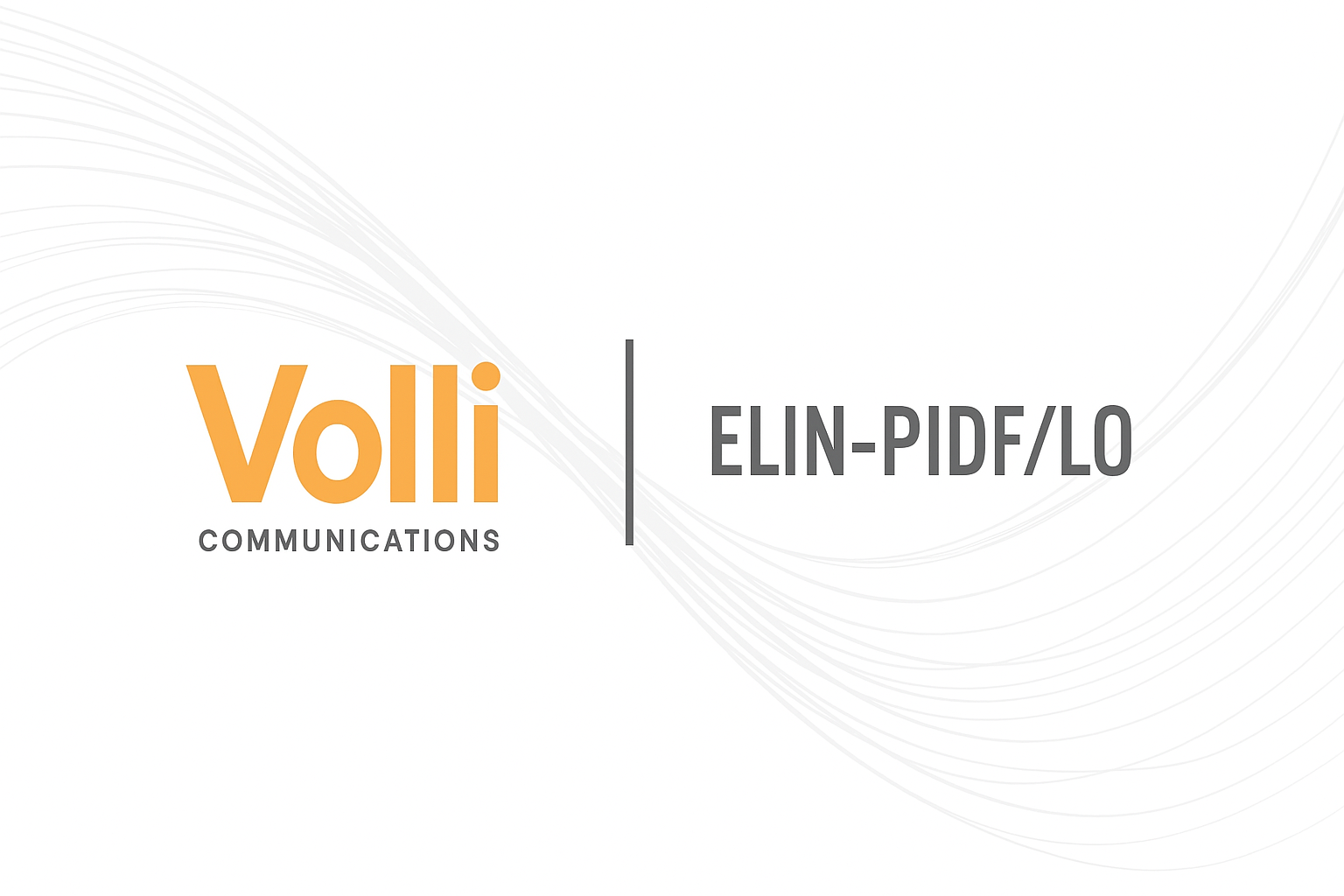Enhanced 911 location tracking has become critical for emergency response. When an emergency happens, every second matters. It’s not enough for a 911 operator to have a street address. First responders need to know exactly where the caller is inside a building, on a campus, or across a facility. And in many situations, the person in distress doesn’t stay in one place while waiting for help.
They might move to a safer location, be relocated by others, or continue working their way toward an exit. The problem is that traditional systems often freeze the caller’s location at the moment the call begins, which can cost valuable minutes and cause dangerous delays.
That is the gap Volli has closed with the integration of ELIN (Emergency Location Identification Number) and PIDF-LO (Presence Information Data Format – Location Object) into SIP trunking and collaboration solutions. Instead of static location data, these two technologies work together to create a live, constantly updating picture of exactly where the caller is. ELIN assigns a unique number to each physical endpoint or location, right down to a specific conference room, lab, or workstation, while PIDF-LO wraps that information into a standardized format that can be read and acted on by emergency systems. When the caller moves, that data refreshes automatically and updates in real time for first responders.
Understanding Enhanced 911 Location Tracking in Emergency Situations

The difference this makes in practice is dramatic. Imagine someone calling from the seventh-floor conference room in a high-rise office building. While waiting for help, they move to the fourth-floor restroom. In a traditional system, responders would likely head straight for the conference room and lose precious time searching. With Volli’s system, the location change is instantly reflected in the data sent to 911, so responders head directly to where the person is now, not where they were a few minutes ago.
This matters in countless real-world situations, but a few stand out:
- Large corporate offices where staff may move between floors during an incident.
- Warehouses and manufacturing plants where workers may be directed to a safe zone before help arrives.
- Healthcare facilities where patients or visitors in distress might be relocated to treatment areas.
- Education campuses with multiple buildings where a caller’s location could change mid-response.
In each of these cases, the ability to dynamically track and communicate that movement shaves down response times and eliminates the guesswork that can slow emergency crews.
Volli has also made sure this capability isn’t something anyone has to think about during the heat of the moment or even plan for in advance. By embedding ELIN and PIDF-LO into Microsoft Teams, location data moves invisibly in the background, attached to the tools teams already use for calls and collaboration. Whether someone is dialing 911 from a desk phone, a Teams softphone, or a mobile device on the company network, their location is captured, formatted, and delivered in real time to emergency services without extra apps or logins.
Volli refuses to treat safety as an upsell. If a feature directly improves emergency outcomes, it should not be gated behind an add-on fee or left to chance. While some providers offer enhanced 911 location tracking as a paid upgrade, Volli includes it as a baseline capability. Every SIP trunking and Teams integration includes ELIN and PIDF-LO by default, with no extra charge and no special conditions.
This approach is not just about keeping up with technology trends. It is about setting a new expectation for what emergency communications should look like in a connected, mobile workplace. Faster, more accurate response means better outcomes for people in distress. It means fewer wrong turns and less wasted time for responders. It means organizations can meet their duty of care with confidence, knowing that if the worst happens, the systems in place are designed to deliver help exactly where it is needed, as quickly as possible.
That is the standard built into every call at Volli Communications.
Not because it is flashy, but because it is the right thing to do.
And when seconds count, it is the things quietly made standard that make all the difference.

